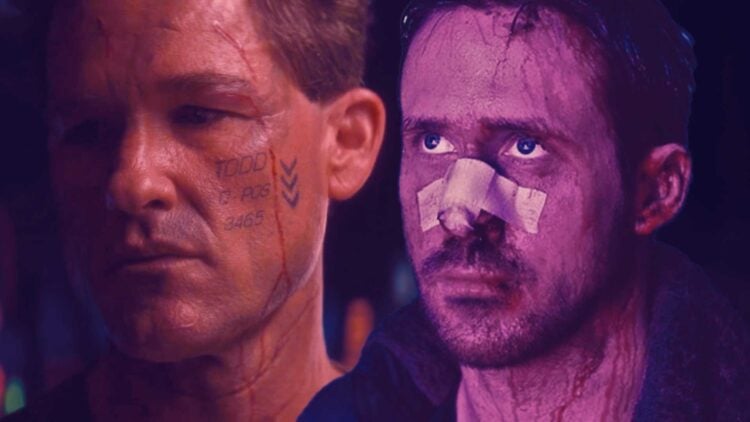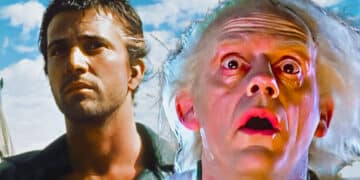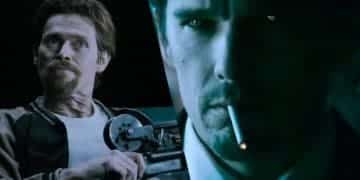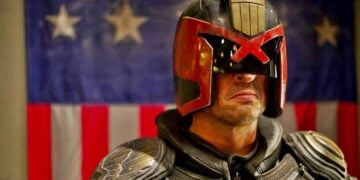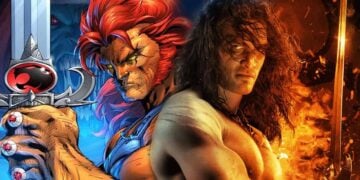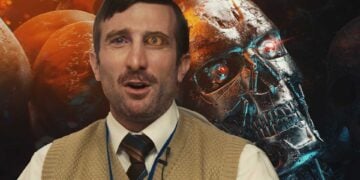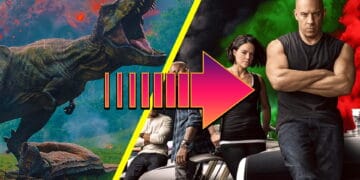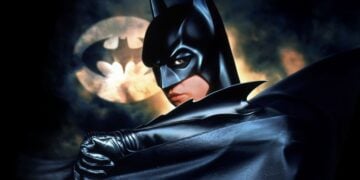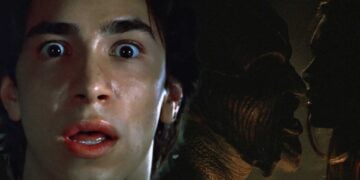Soldier (1998) may not be the first film that comes to mind when discussing sequels to Blade Runner, but it’s one worth considering. Directed by Paul W.S. Anderson (Mortal Kombat, Resident Evil) and starring Kurt Russell (The Christmas Chronicles, Bone Tomahawk), this underappreciated gem exists within the Blade Runner universe, picking up on themes of genetic engineering, dehumanization, and identity that defined Ridley Scott’s 1982 classic.
Blade Runner’s Ambitious (but Loose) Adaptation
Blade Runner was an ambitious (but loose) adaptation of Philip K Dick’s novel Do Androids Dream Of Electric Sheep, and aimed to be a serious science fiction film in a world which had become swayed by the glitz and glamour of Star Wars. It tells the story of Rick Deckard, a bounty hunter who is tasked with “retiring” (killing) a group of replicants – genetically engineered slaves who have been imprinted with emotions and memories. It raises complex issues of genetic engineering, slavery, murder, identity and the human condition, forcing the viewer to question exactly what it is that makes us who we are.
Blade Runner’s Visual Style and Cult Status
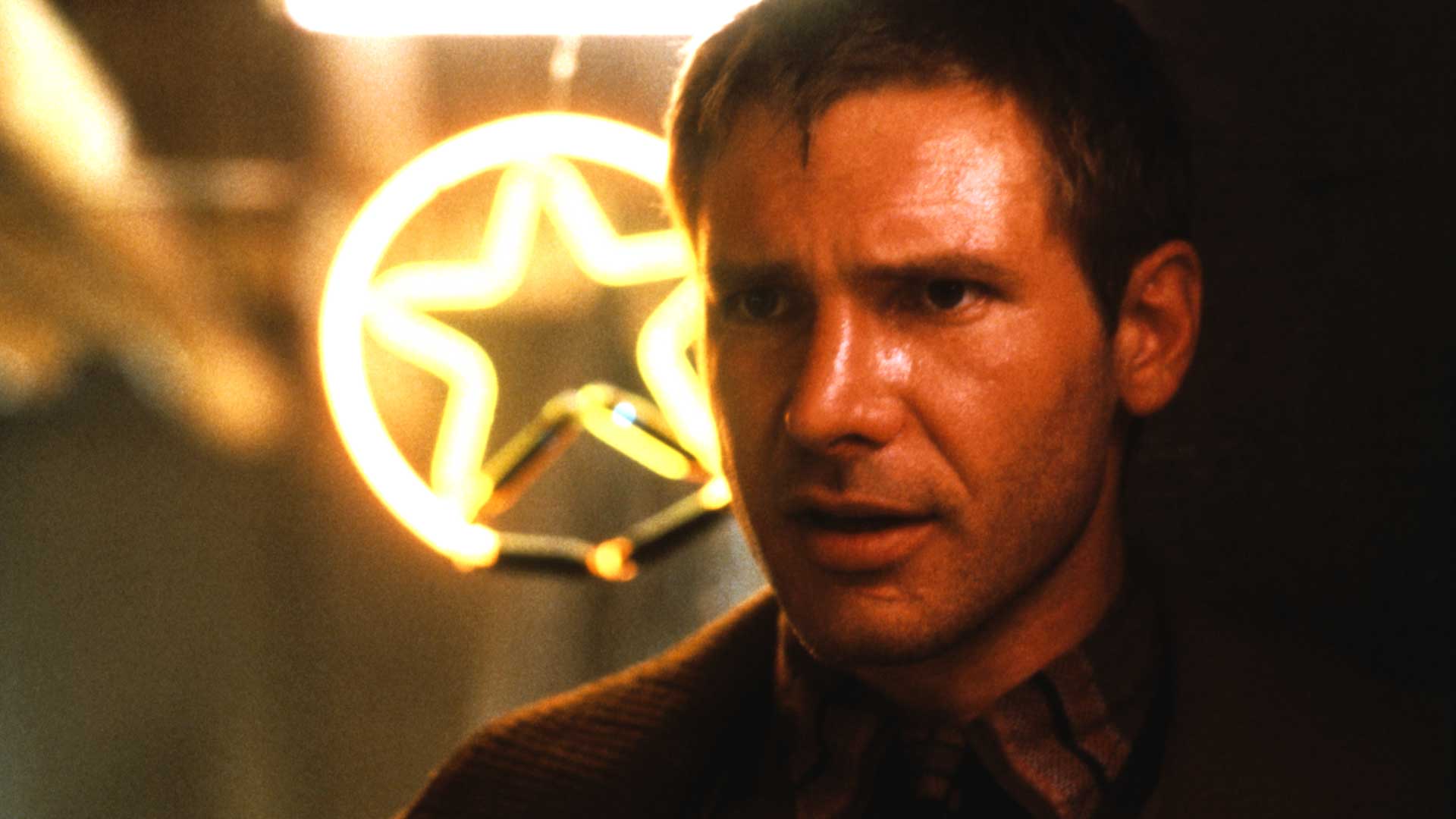
On set, it was a troubled production, and the animosity between the cast and crew has become almost mythical for the hostility on display. Meanwhile, the story’s slow pace and poor test screenings resulted in disastrous studio-forced alterations, which changed the nature of the film itself. The final result was a theatrical release, which failed to win over audiences and critics, and ultimately, the film became a box office flop.
Yet the visual style of the film earned much-deserved praise with a striking cinematic style and special effects, which are still impressive over thirty years later. Likewise, strong performances from the entire cast and an intelligent script that questioned humanity’s nature resonated with viewers. It was ahead of its time, becoming a cult hit, and over the years, its reputation grew exponentially in spite of its initial failure in 1982. It inspired a new wave of cyberpunk culture in books, movies, television shows, music, fashion, games and anime and established itself as a true modern classic of the genre, if not the best, to the point where it’s been hailed as one of the greatest films of all time.
The Director’s Cuts and Their Impact
A decade after first appearing, a director’s cut of Blade Runner was released, which restored some of Ridley Scott’s initial vision for the film. However, it wasn’t until 2007’s Final Cut release that Scott had full artistic control. It took years for that original film to create such a massive impact, but finally, the world caught up enough for audiences to possibly accept a sequel. But what should audiences expect?
The original, for all its style, does lack pace, no matter which version of it the viewer cares to watch. It’s an emotionally cold, bleak, slow-burning film full of symbolism and meaning, but it offers little to thrill the average viewer. This leads to a problem because if the sequel successfully captures the mood of the original, then it may continue that trend of being intelligent and stylish at the cost of boring the audience; conversely, if it ups the pace with action and emotion, then it may alienate fans of the original by being different and create an uneven shift between the two films. As fans of The Matrix will be aware, nothing quite ruins the legacy of a good film like bad sequels.
However, in the case of Blade Runner, the potential for that has already happened. Not that many acknowledge that because the result was unceremoniously ignored by many and has been overlooked by others.
Blade Runner’s Unofficial Sequel: Soldier (1998)
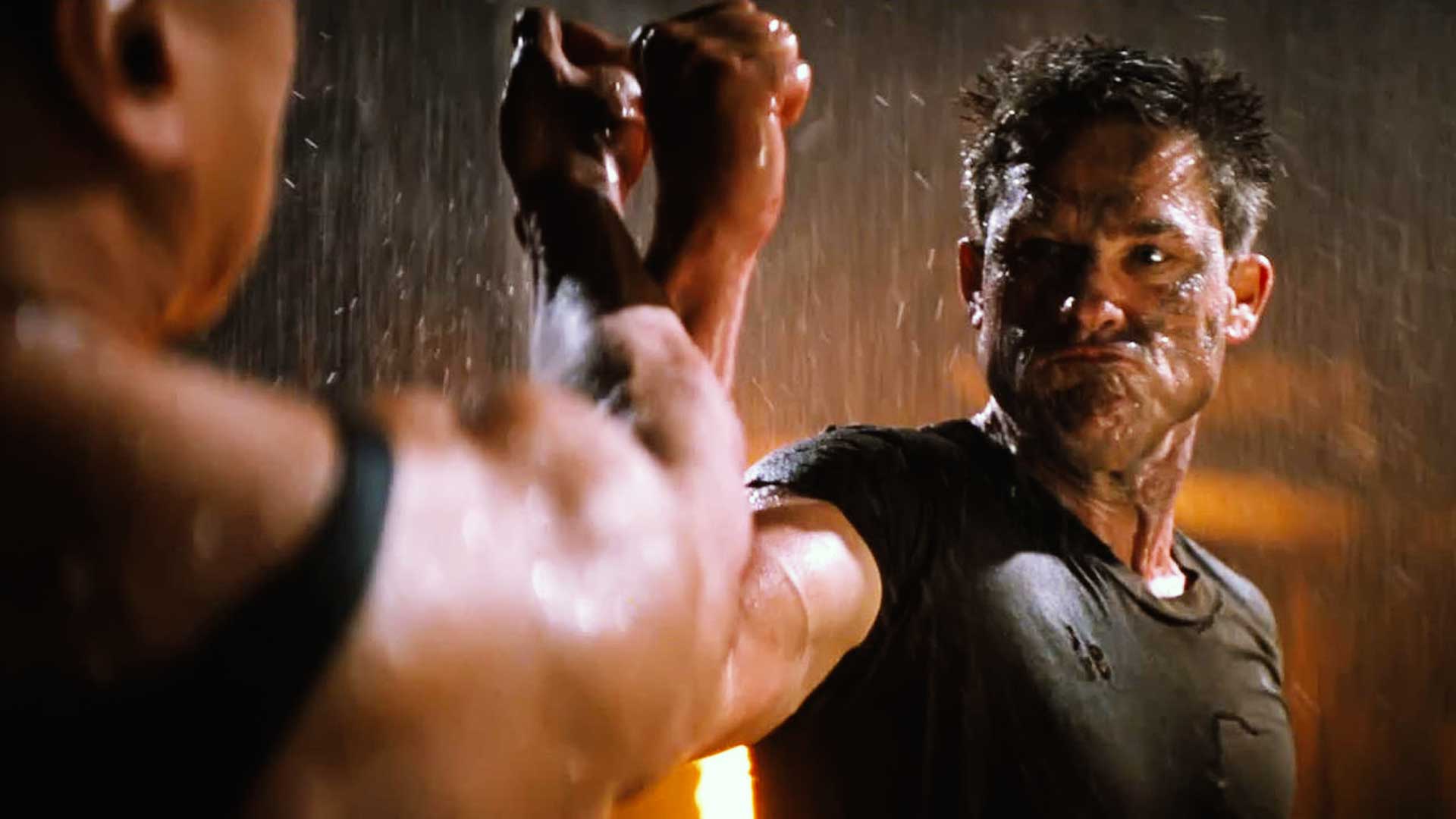
Whilst technically described as a side-quel and not having Blade Runner in the title, the film does exist and should be given consideration. The film in question? The 1998 movie called Soldier.
Soldier, starring Kurt Russell (who delivers an incredible low-key performance), was an even bigger box office failure at the time than Blade Runner. In fact, it was an outright bomb. Directed by Resident Evil and AvP‘s Paul WS Anderson, it holds a measly 10% rating on Rotten Tomatoes and is easy to dismiss. However, despite all the negativity, it too has acquired a bit of a cult following and has plenty of 10/10 audience reviews on IMDB from people who could see behind its rather obvious, by-the-numbers gung-ho action facade.
Soldier’s Connection to Blade Runner
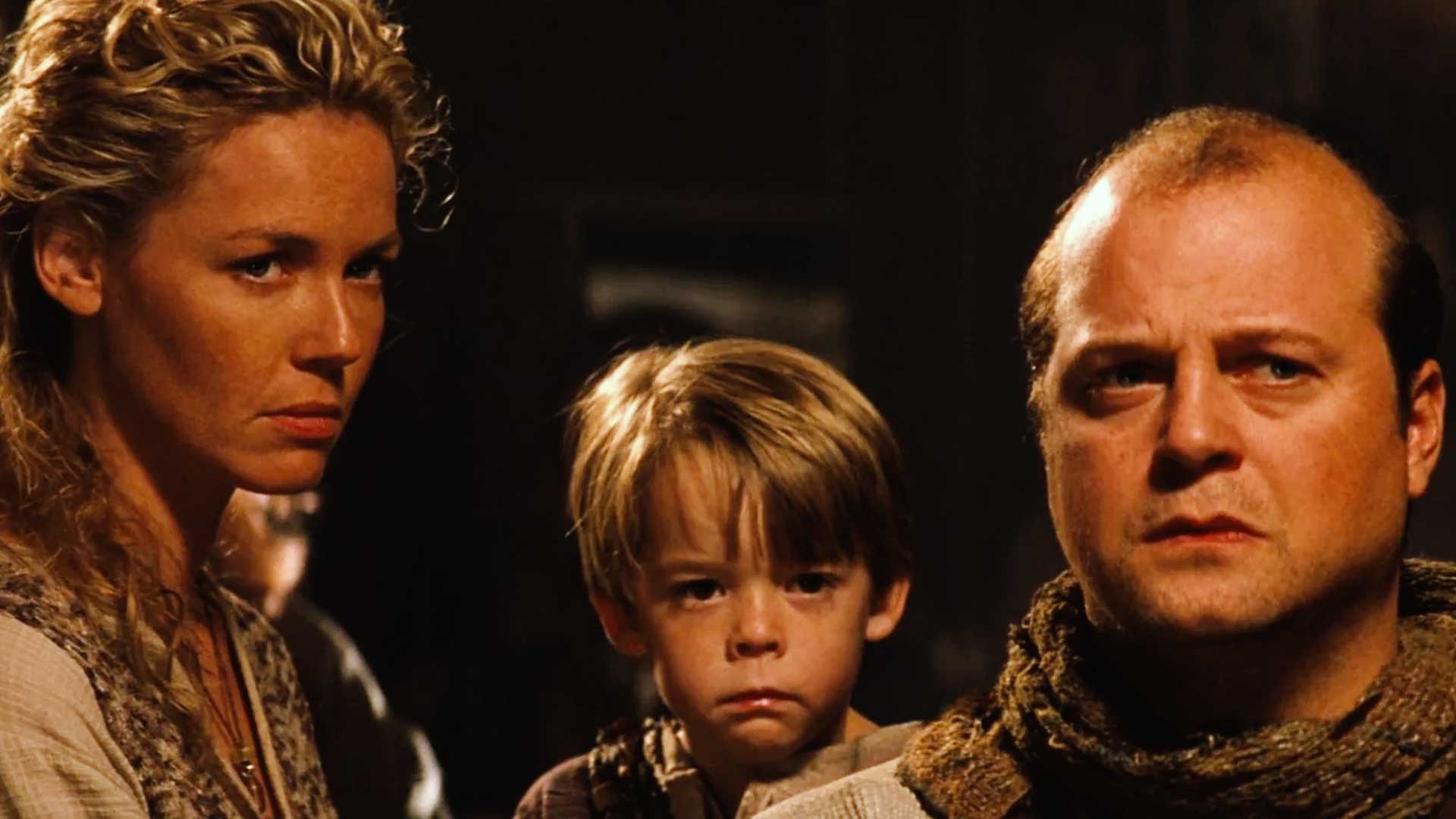
Set within the Blade Runner universe, the soldier of the title is Todd, a man who was selected at birth and trained his whole life to become an emotionless killing machine for the military. After surviving countless wars both on Earth and in the off-world colonies, he and his platoon become obsolete when a new breed of genetically enhanced soldiers replace their veteran counterparts. Dumped on a planet and left for dead, Todd struggles to regain his humanity and learn his role in the world, whilst defending a colony of pacifist civilians from his former military unit.
Hitting on familiar themes of dehumanised people being replaced by genetic creations, it was originally written in 1983, just one year after Blade Runner‘s theatrical debut. Whilst Soldier doesn’t acknowledge Philip K Dick, scriptwriter David Peoples – who worked on the Blade Runner script too – has confirmed that it is indeed set within the same universe, with Todd’s story occurring in 2035, sixteen years after the events of Blade Runner. Todd is a veteran of both the battles of the Shoulder of Orion and Tannhauser Gate, which replicant Roy Batty referred to, and one of Blade Runner‘s flying cars – known to fans as a Spinner – is also seen on the dumping ground planet, which Todd is stranded on.
Why Soldier Isn’t Remembered as Blade Runner 2035
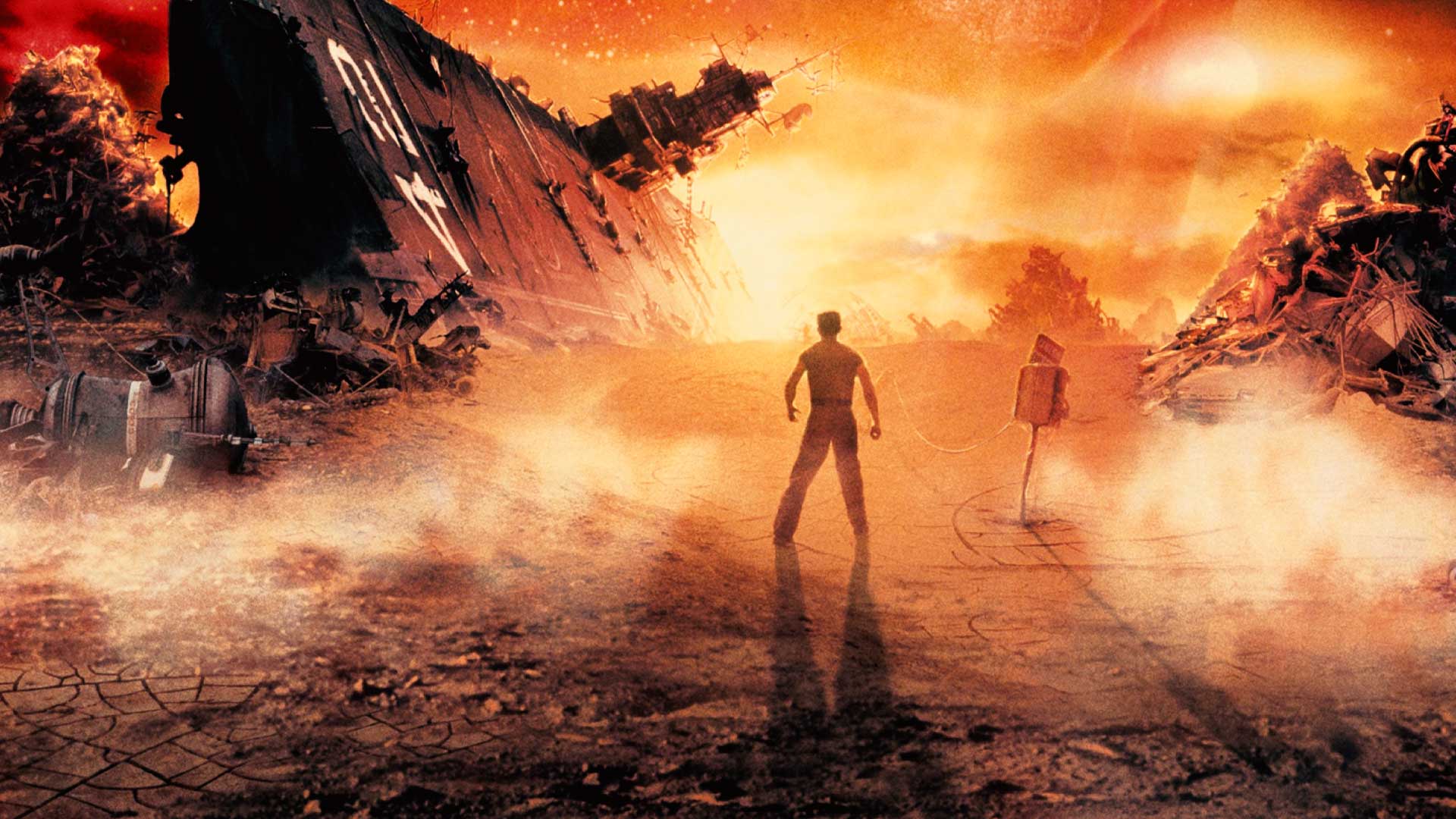
Sadly, for all the intelligence on display in this film, it’s a rather dumb action movie at heart – even if it’s trying to say more than that. It isn’t as visually impressive or as artistic as Blade Runner either and was never promoted as being a follow-up in any way. To this day, even many of the most passionate Blade Runner fans are unaware of its existence or the links the two films share.
Then again, Soldier‘s in-jokes and other references don’t help matters either. Todd being trained in weapons, including the Aliens Colonial Marine’s weapon of choice, the M41-A Pulse Rifle, is fine and can help make an argument for Blade Runner to tie in with the Alien/Predator universe. But mentions of DOOM‘s BFG and Marvin the Martian’s Illudium 36 Explosive Space Modulator instantly debunk that. Planetary sector coordinates taken from Douglas Adams’s Hitch Hiker’s Guide To The Galaxy, however fleeting, may bring a wry smile to those in the know but as a serious film, it loses credibility.
Still, a good argument can be made for the case that a sequel (of sorts) to Blade Runner was made almost twenty years ago and deserves some credit regardless. Given all of the hype that surrounded Blade Runner 2049, it’s unfortunate that Soldier has been so blatantly ignored. Especially since it taught us a few lessons about the 2017 sequel and the struggles it faced in terms of box office and the expectations of fans and critics.
RELATED: The Russo Brothers Wanted Another Endgame, Instead, The Electric State Is Another Netflix Misfire


